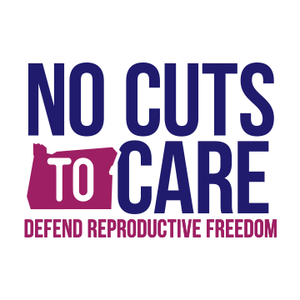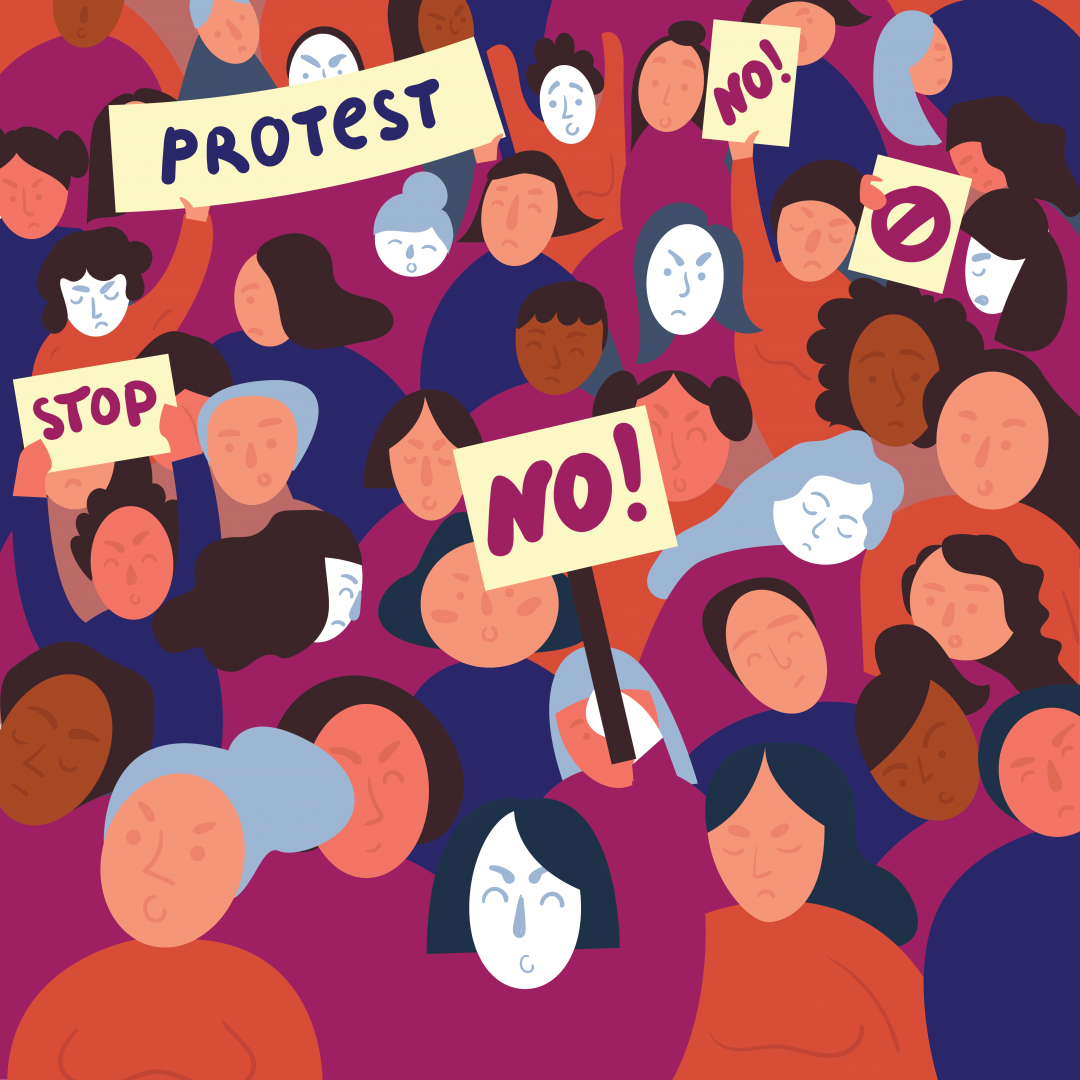5 November 2018 By Student Health ...

This blog post is by Mira Hukill, an OSBHA Student Health Advocate.
What is it?
Measure 106 would prohibit public funds from being spent on abortions, with the small exception if medically necessary, or required by federal law. To qualify as medically necessary, a licensed physician would need to determine that the pregnant woman would suffer an injury or even death unless an abortion is performed. There’s no exception for pregnancy resulting from rape/incest unless required by the federal law. That greatly restricts affordable abortions and could be quite dangerous if it passes. Women who couldn't afford an abortion would have to have the baby, and either keep them or give them up for adoption. (For more information on measure 106, click here.)
How could it affect youth?
Currently, there are many free clinics and centers that teens can go to for reproductive health. Oregon has a state health insurance program (Medicaid) that pays for most health care services, including abortions. There's even a hotline number to call if you need an abortion. This is helpful for low income families and teen pregnancies, but if the clinics can’t get public funding for abortions, that would change accessible and affordable reproductive health. Most teen pregnancies happen in lower income families, and having no way to pay for abortion puts further undue stress on families as a whole. According to Planned Parenthood, abortion costs at Health centers can range from $350 to $950 during the first trimester. Rates get even higher in the second and third trimester. If women can't afford legal abortions, they may turn to more dangerous methods. If they go to term, it could really affect the futures and careers of women who aren't ready to be moms. 30% of teengirls who drop out of high school are doing so because of being a teen mother. If this measure passes, that statistic could escalate. It's also imperative for sexual assault survivors who have become pregnant to be able to have resources and ways to get abortions when they need to. Around 1 in 20 reported rapes lead to pregnancy, which may not seem like a lot but affects an estimated 32,101 women nationally every year. Of these women, 47% received no medical attention related to the rape. Over 50% of the women underwent abortion. How many of those could have been publicly funded? While the measure does say that there may be some exceptions for pregnancy resulting from rape or incest, there's still the number of women who don't report.

It's important to vote!
Measure 106 restricts abortion for women who receive their healthcare through the state, and it's one step closer to banning abortions completely. Taking the time to vote could make all the difference!
Sources:
Source 1
Source 2
Source 3
Source 4
Source 5
Alongside over 100 trusted organizations across the state, OSBHA is urging Oregonians to vote NO on Measure 106, which would restrict access to reproductive healthcare. Click here to learn more about and support the No on Measure 106 campaign.

